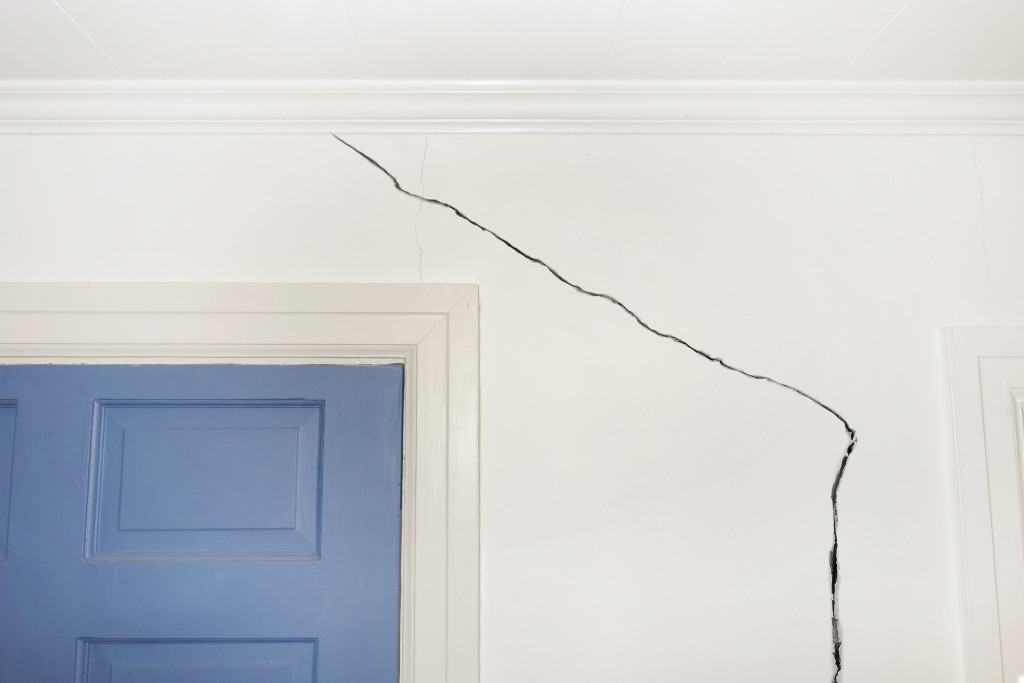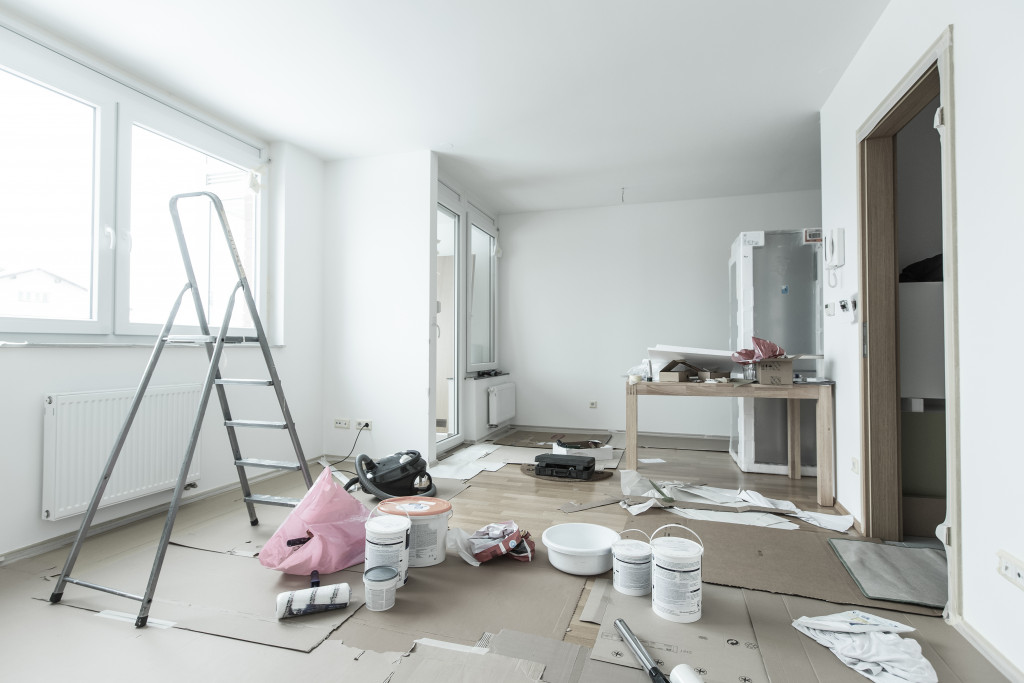If you’re buying or selling a home, you’re likely aware that a few repairs need to be made before moving in. Making these repairs will help ensure that your new home is in good condition and ready for you to move in. Plus, taking care of these issues early on will save you from dealing with them down the road.
Here’s a look at the first round of repairs to take care of before you settle into your new space.
1. Paint walls and ceilings
Before you start decorating, it’s essential to take care of any necessary repairs. This is especially true for paint projects, as they can be time-consuming and messy. If the walls and ceilings in your new home are in good condition, a fresh coat of paint can make a world of difference.
It can give the space a clean look and help to hide any imperfections. Consider the size of the room and the amount of natural light it receives when choosing the paint color.
2. Install a new security system
When you move into a new home, you should install a new security system. Doing this will help keep your family safe and secure, and it will also deter burglars from targeting your home.
You can avail of a few different security system components, but some of the most important include custom security doors, security cameras, and security alarms. Secure door systems help keep intruders out, while security cameras can help identify them. Security alarms can also deter burglars and notify the authorities if there is an intruder in your home.
It would be best to make sure that all of your windows are properly secured. This means installing window locks and ensuring that they’re in good working condition.
3. Patch holes and cracks in the walls
The first round of repairs before moving into a new home should include patches and cracks in the walls.
Before patching any holes, it is essential to determine the cause. If the hole was created by water damage, it is necessary to repair the source of the leak before patching the hole. Otherwise, the patch will only be a temporary fix.
Once the cause of the hole has been determined, you can select the appropriate type of patch. For small holes, you can use spackle or putty. Larger holes may require a piece of drywall or plaster. It is also essential to select a patch that will match the surrounding area as closely as possible.
With time and effort, patches and cracks can be repaired, creating a smooth and finished surface.

4. Fix leaks in the roof and windows
One of the most important things to look for is leaks in the roof and windows. If left unrepaired, these leaks can cause serious damage to your home. Water damage can lead to mold and mildew growth, which can cause structural damage to your home and pose a serious health risk.
In addition, leaks can also lead to energy loss, as heat and air conditioning can escape through the gaps. As a result, it’s essential to fix any leaks before moving into your new home.
You should also check for damage to the roof itself, such as missing or damaged shingles. If there is significant damage, it may be necessary to replace the entire roof.
5. Replace old appliances with newer, more energy-efficient models
One of the first things you should do after buying a new home is to replace any old appliances with newer, more energy-efficient models. This is good for the environment and can save you money on your monthly utilities. Many devices, such as refrigerators and washing machines, have come a long way in recent years regarding energy efficiency.
Look for models that have earned the ENERGY STAR rating, which means they meet strict guidelines set by the U.S. Environmental Protection Agency. You can find ENERGY STAR-rated appliances at most major retailers. When shopping for new appliances, compare the initial cost with the estimated energy savings over time to help you make the most cost-effective choice for your home.
6. Repair or replace the flooring, depending on the damage level
Inspection of a new home should be focused on the flooring. Depending on the level of damage, you may need to repair or replace the flooring. If the flooring is severely damaged, it may be necessary to replace it altogether.
However, if the damage is relatively minor, repairs may be sufficient. It is essential to consult with a professional before taking any action in either case. Attempting to repair or replace flooring without professional assistance can often lead to further damage and ultimately cost more money.
When moving into a new home, it is crucial to do the first round of repairs to ensure the safety and security of your home. You want to make sure that everything is in good condition to avoid accidents or damage. By doing these simple repairs, you can ensure that your home will last years to come.



